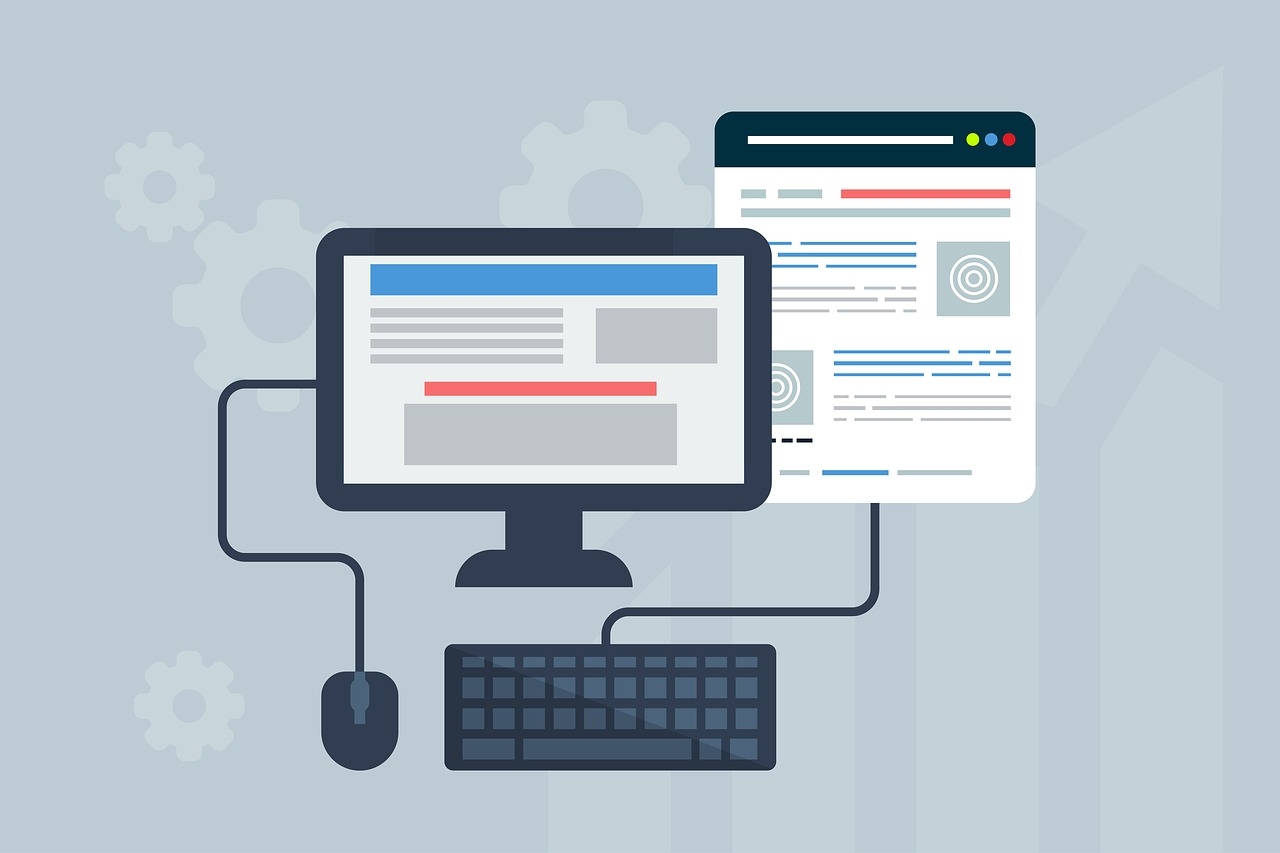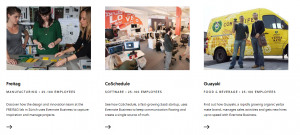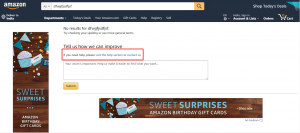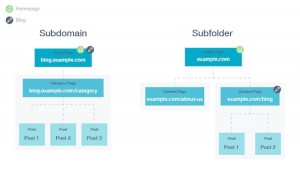— December 31, 2018

kreatikar / Pixabay
If you’ve ever been involved in the creation of a website, you’ve almost certainly heard someone refer to the “fold.” In fact, they likely revered it, exalting its importance to epic levels. Maybe you, too, emphasized the impact content has when it’s placed in this seemingly magical space. It’s time to let go of that notion. There is no fold.
The concept of “above the fold” is a holdover from print, specifically newspapers, which have an actual fold across the middle of the paper. The only content visible on newspaper racks are the headlines, images, and summaries above that fold. If that content is compelling, the reader is much more likely to pick up the paper and thumb through its pages.
Applying this seemingly irrelevant concept to web design was made possible by the inconvenience of scrolling circa 1997—a tedious task that involved moving your cursor to the bottom right of your browser to click on the down button or drag the scroll bar. Placing content above the “fold” was encouraged as a design philosophy by designers and web developers who feared that users would never scroll and thus would miss content displayed lower on the page. Thankfully, the web has evolved. It’s only natural that we’ve evolved with it. Today, we have the research to prove that this is no longer a real concern.
After analyzing data from over 2 billion website visits, data analytics provider, Chartbeat found that users spend 66 percent of their time below the fold. In the age of mobile devices, this seems reasonable. Think about how often you’re on your smartphone. I’d venture to guess you don’t even realize you’re scrolling as much as you are. It’s become second nature to us.
Our smartphones and mobile devices have changed the way we experience all things digital. Yet, there are some things that never change. When editors decided what and where to lay things out in their print editions, they knew that the content above the fold had to be compelling. If a headline didn’t have impact or a picture was poor quality, potential readers would be less likely to pick up their paper. The content you place at the top of your webpage should be intriguing enough that it beckons users to go further into your website. Then you can utilize your entire site to build trust with them, establish a relationship, and ultimately convert them into customers.
Digital & Social Articles on Business 2 Community
(54)
Report Post






